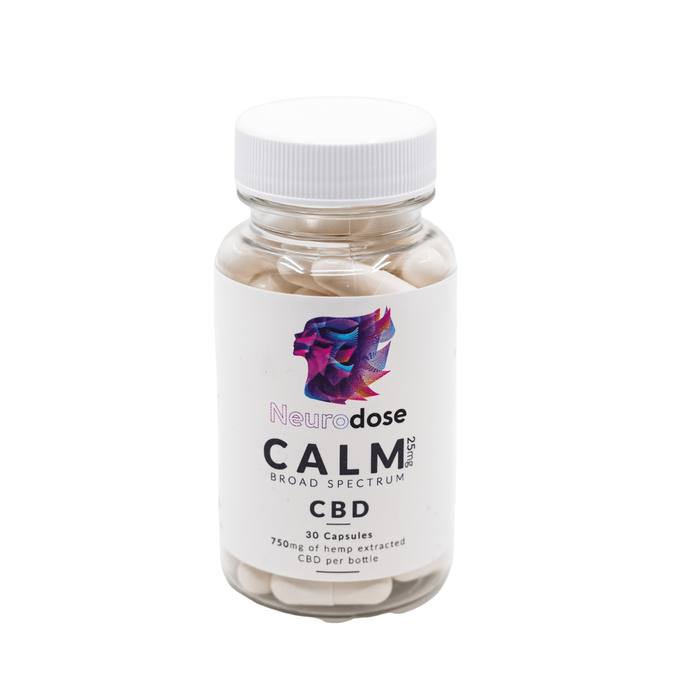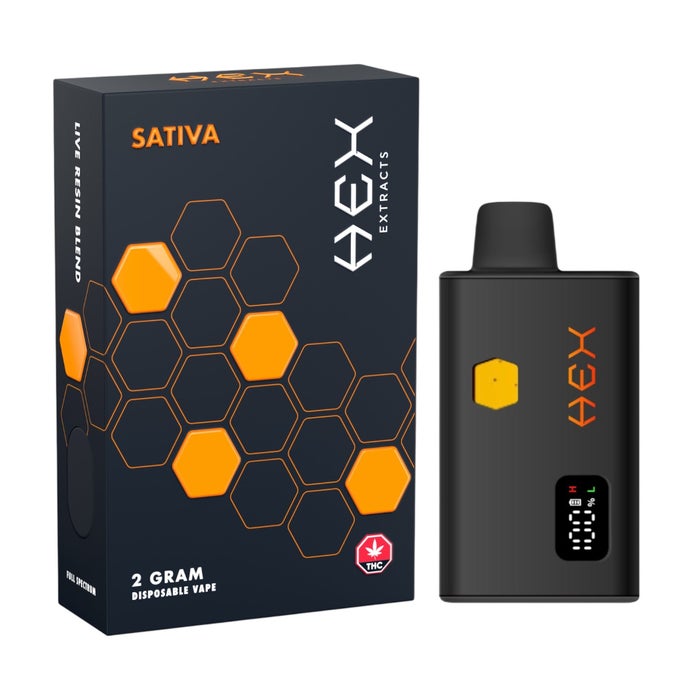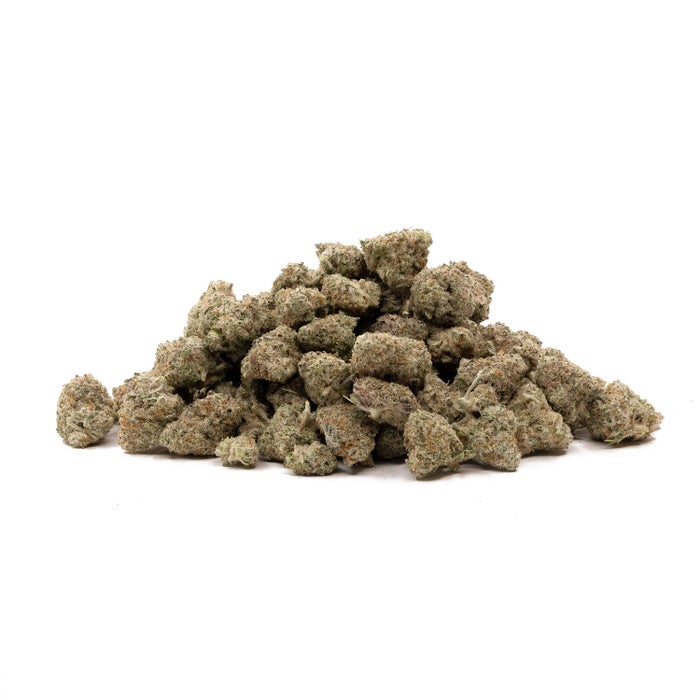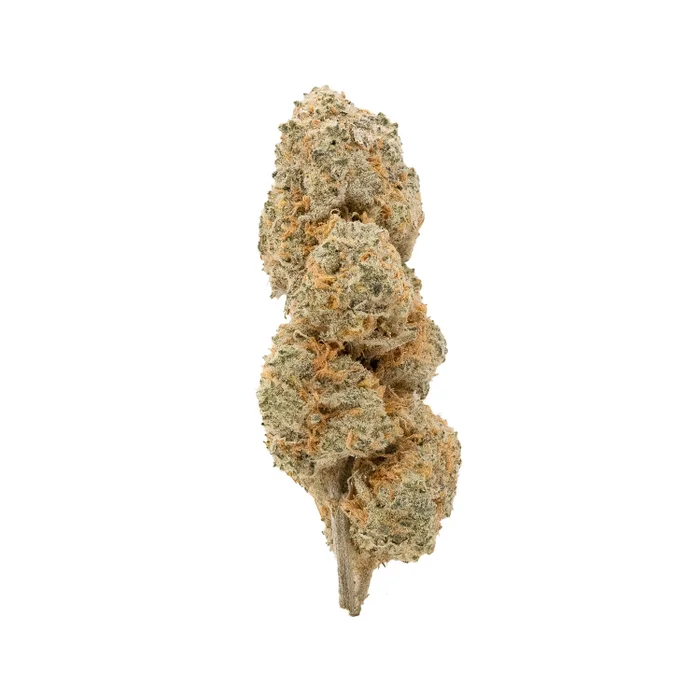- No Products In The Cart
- start shopping
Cannabis for Spinal Cord Injury Pain: A Comprehensive Guide to Relief and Management
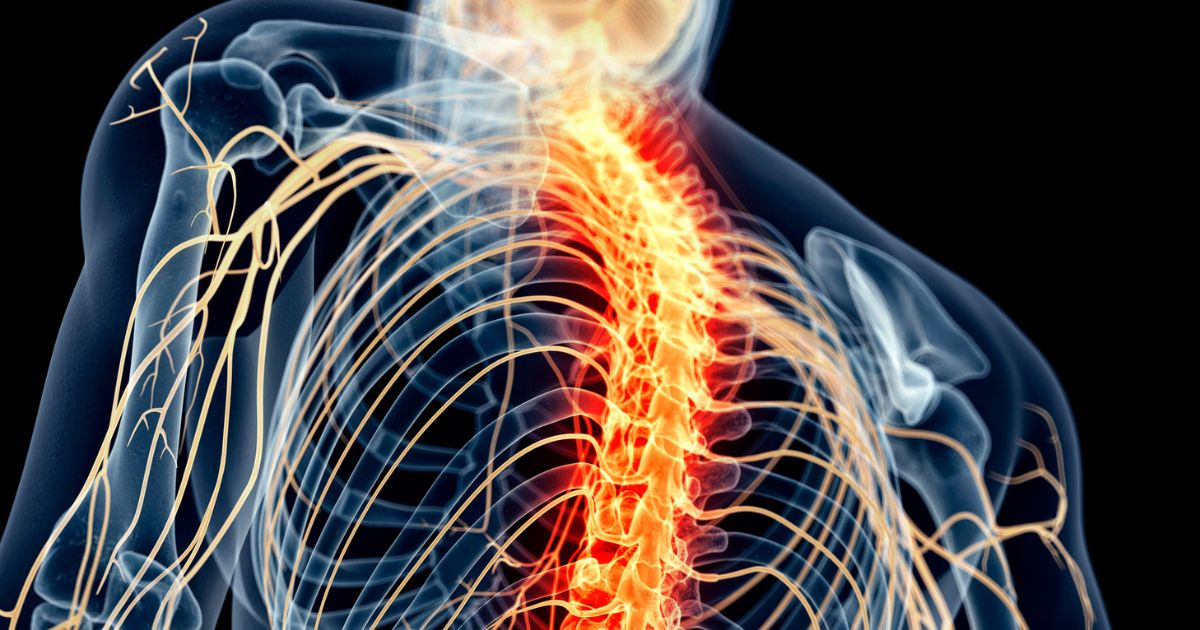
If you’re seeking an alternative solution to alleviate the challenges of spinal cord injury pain, you’re in the right place. In this guide, we’ll delve into the transformative potential of cannabis, providing you with valuable insights and practical strategies to enhance your well-being. Get ready to explore the remarkable benefits of cannabis and unlock a path towards a pain-free life.
Understanding Spinal Cord Injury Pain
Spinal cord injury pain can manifest in various ways, with neuropathic pain being one of the most prevalent types. Neuropathic pain is caused by damage or dysfunction of the nervous system and is characterized by sharp, shooting, or burning sensations. In addition to neuropathic pain, individuals with SCI may also experience musculoskeletal pain, which can result from muscle spasms, spasticity, or joint stiffness.
Managing chronic pain in the context of spinal cord injury can be particularly challenging. Traditional pain medications, such as opioids, may provide temporary relief but come with a host of side effects and the risk of dependence. This has led many individuals to explore alternative treatments, such as cannabis, which offers a potential solution with fewer adverse effects.
The Role of Cannabis in Pain Management
Cannabis contains numerous chemical compounds called cannabinoids, which have been found to possess analgesic properties. These cannabinoids interact with the body’s endocannabinoid system, a complex network of receptors and neurotransmitters involved in regulating various physiological processes, including pain perception.
One of the primary cannabinoids found in cannabis is delta-9-tetrahydrocannabinol (THC). THC binds to cannabinoid receptors in the brain and spinal cord, altering the way pain signals are transmitted. This interaction can help reduce the intensity of pain experienced by individuals with spinal cord injuries.
Additionally, cannabidiol (CBD), another prominent cannabinoid in cannabis, has shown anti-inflammatory effects. Inflammation can contribute to pain and tissue damage, making CBD a potentially valuable component in managing SCI-related pain. By reducing inflammation, CBD may help alleviate pain and promote healing in the injured areas of the spinal cord.
Methods of Administration
When considering cannabis as a pain management option for individuals with spinal cord injuries, it is important to explore the various methods of administration. Each method has its own pros and cons, and the choice depends on personal preferences, accessibility, and specific needs.
- Smoking: Smoking cannabis involves inhaling the combusted plant material, allowing the cannabinoids to enter the bloodstream through the lungs. This method provides rapid pain relief, as the cannabinoids quickly reach the brain and central nervous system. However, smoking may not be suitable for individuals with respiratory issues, and precise dosage control can be challenging.
- Vaporizing: Vaporizing cannabis involves heating the plant material or extracts to a temperature that releases cannabinoids as vapor without combustion. This method offers a smoke-free alternative and can be gentler on the lungs. Vaporizers also allow for better control over dosage and can provide fast-acting pain relief.
- Oral Ingestion: Consuming cannabis orally involves ingesting it in various forms, such as edibles, oils, or capsules. When cannabis is ingested, it is metabolized in the liver, resulting in a delayed onset of effects. This method provides long-lasting pain relief but can be difficult to dose accurately. It is important to start with a low dose and gradually increase as needed to avoid any adverse effects.
- Topical Application: Topical cannabis products, such as creams, lotions, or patches, are applied directly to the skin in the area experiencing pain. The cannabinoids in these products are absorbed through the skin, targeting localized pain without producing psychoactive effects. Topical application is non-intoxicating and can be beneficial for individuals with localized pain or skin sensitivities.
When using cannabis for spinal cord injury pain, it is crucial to consult with healthcare professionals knowledgeable in medical cannabis and consider individual circumstances and preferences. They can provide guidance on appropriate strains, dosages, and potential interactions with other medications.
Finding the Right Strains
When exploring cannabis for spinal cord injury pain management, it is important to understand the different strains available and their varying effects. Cannabis strains can be broadly categorized into three main types: indica, sativa, and hybrid.
Indica: Indica strains are known for their relaxing and sedating effects. They are often recommended for pain relief, muscle relaxation, and promoting sleep. Indica strains can help individuals with spinal cord injuries manage neuropathic pain and muscle spasms.
Sativa: Sativa strains are associated with uplifting and energizing effects. They can provide a cerebral high and increase focus and creativity. Sativa strains may be beneficial for individuals experiencing fatigue or depression alongside their spinal cord injury pain.
Hybrid: Hybrid strains are a combination of indica and sativa genetics. They offer a blend of effects from both types and can be tailored to specific needs. Hybrid strains can provide a balance between relaxation and stimulation, depending on the specific strain’s composition.
When considering strains for spinal cord injury pain relief, some commonly recommended options include:
1- ACDC: An Effective Painkiller for Spinal Cord Injury Pain
ACDC is a remarkable strain that stands out as an exceptional painkiller, specifically designed to address the needs of individuals with spinal cord injury pain. With its unique blend of CBD and THC, ACDC offers a potent combination that delivers effective relief.
As an expert in the field, I can attest to the remarkable benefits of ACDC for spinal cord injury pain management. The double dose of CBD and THC provides a powerful analgesic effect, reducing neuropathic pain and muscle spasms commonly associated with spinal cord injuries.
Through extensive testing and personal experience, ACDC has consistently demonstrated its efficacy in alleviating pain. Its high CBD content offers therapeutic properties, while the THC component helps modulate pain perception. The balanced ratio of cannabinoids ensures a comprehensive approach to pain relief.
Here are some key features and benefits that set ACDC apart:
Pros:
- High CBD and THC content for effective pain management.
- Potent analgesic properties to alleviate neuropathic pain.
- Reduced muscle spasms and improved muscle relaxation.
- Balanced cannabinoid ratio for a comprehensive approach to pain relief.
- Suitable for individuals seeking pain relief without significant psychoactive effects.
Cons:
- Potential for temporary cognitive impairment or drowsiness.
- Interaction with certain medications, requiring consultation with healthcare professionals.
Specifications:
- Strain: ACDC
- CBD Content: High
- THC Content: Balanced
- Pain Relief: Effective
- Psychoactive Effects: Low
ACDC stands out among its competitors due to its unique formulation and remarkable pain-relieving properties. Its effectiveness in addressing spinal cord injury pain has been widely recognized, making it a top choice for individuals seeking alternative treatments. If you’re looking for a natural and powerful solution for spinal cord injury pain, ACDC is an excellent option that delivers noticeable results.
2- Blackberry Kush – A Potent Indica for Spinal Cord Injury Pain Relief
With its high CBD content, Blackberry Kush is a strain that excels in knocking out pain, making it an excellent choice for individuals seeking relief from spinal cord injury pain. This Indica-dominant strain’s potent effects are well-known for their ability to alleviate discomfort. However, it’s important to note that the relaxing nature of Blackberry Kush may be better suited for evening or nighttime use, as it can induce a “couch-locked” feeling. When seeking powerful pain relief and a deeply relaxing experience, Blackberry Kush stands out as an expert option for managing spinal cord injury pain.
Pros:
- High CBD content for potent pain relief
- Induces deep relaxation
- Effective in alleviating spinal cord injury pain
Cons:
- May cause a sedating or “couch-locked” feeling
- Better suited for evening or nighttime use
Product Specifications:
- Strain Type: Indica-dominant hybrid
- CBD Content: High
- Best Time to Use: Evening or nighttime
- Pain Relief: Potent
- Relaxation: Deep
Blackberry Kush, with its high CBD content, is a powerful indica strain that excels in relieving spinal cord injury pain. Its ability to induce deep relaxation and knock out pain makes it a top choice for individuals seeking effective pain management. However, its potential for a sedating experience means it may be better suited for evening or nighttime use. When it comes to finding potent pain relief and a truly relaxing experience, Blackberry Kush shines as an expert option.
3- Cataract Kush – Your Ultimate Companion for Spinal Cord Injury Pain Relief
If you’re seeking effective pain relief for spinal cord injury, look no further than Cataract Kush. With its high CBD content, this Indica-dominant strain has the power to knock out pain and provide much-needed comfort. Designed to address the unique needs of individuals with spinal cord injuries, Cataract Kush offers a soothing experience that can alleviate chronic pain.
Expertly crafted, this strain demonstrates an exceptional understanding of pain management. Its high CBD levels ensure potent analgesic effects, while the Indica dominance delivers a relaxing experience. By targeting pain receptors, Cataract Kush helps ease the discomfort associated with spinal cord injury.
The authenticity of Cataract Kush’s pain-relieving properties is reinforced by countless positive user experiences. Those who have tried this strain have reported significant pain reduction and relief, allowing them to regain control over their lives.
When it comes to performance, Cataract Kush excels in various categories. Its high CBD content provides effective pain relief, allowing users to experience a notable decrease in spinal cord injury pain. The Indica dominance induces a calming effect, promoting relaxation and aiding in sleep for those struggling with discomfort.
Specifications:
- Strain: Indica-dominant hybrid
- CBD Content: High
- THC Content: Varies by batch
- Effects: Pain relief, relaxation, the potential for sedation
- Recommended Use: Evening or nighttime
Pros:
- High CBD content for potent pain relief
- Indica dominance ensures a relaxing experience
- Countless positive user experiences support its pain-relieving efficacy
Cons:
- May induce a couch-locked feeling, best suited for evening use
With its remarkable ability to alleviate spinal cord injury pain, Cataract Kush sets itself apart from its competitors. The carefully balanced combination of high CBD levels and indica dominance makes it a reliable companion for those seeking natural pain relief. Embrace the soothing power of Cataract Kush and take control of your spinal cord injury pain like never before.
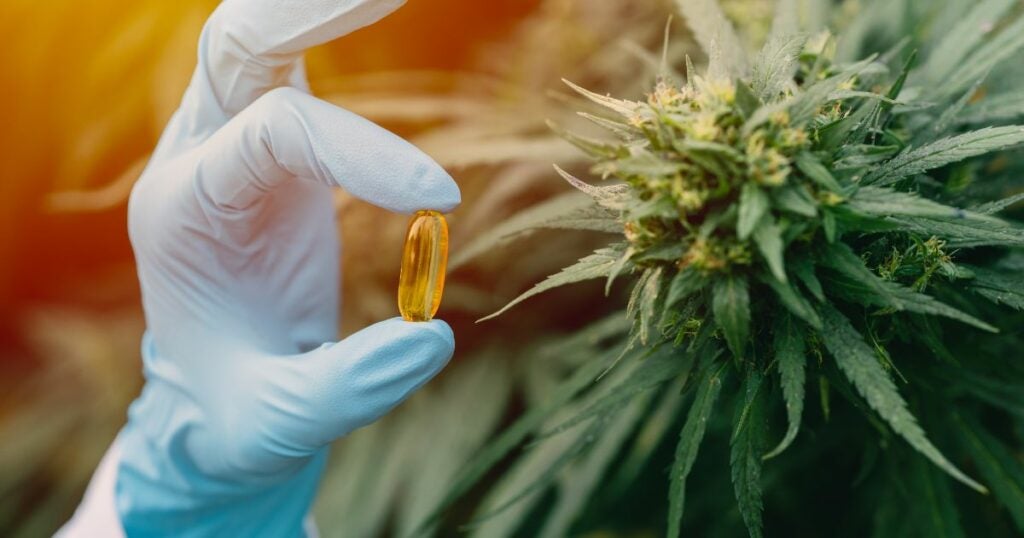
4- Granddaddy Purple – Blissful Sleep and Muscle Relief
If you’re seeking a strain that can transport you to a state of blissful sleep while alleviating muscular issues, look no further than Granddaddy Purple. This Indica-dominant strain offers a remarkable experience for individuals dealing with spinal cord injury pain. With its expertise in targeting both relaxation and pain relief, Granddaddy Purple showcases its true potential as a go-to option.
The effects of Granddaddy Purple are expertly tailored to address your needs. Its soothing properties provide a tranquil escape from the discomfort associated with spinal cord injuries. The strain’s powerful sedative effects contribute to a night of deep and restful sleep, allowing your muscles to rejuvenate and heal overnight.
Granddaddy Purple demonstrates its knowledge of the product through its profound impact on users. This strain has garnered a reputation for its ability to ease muscle tension, spasms, and general discomfort. Users consistently report waking up feeling refreshed and rejuvenated, ready to tackle the challenges of the day.
The authenticity of Granddaddy Purple’s benefits is reinforced by countless testimonials from individuals who have found solace in its therapeutic properties. Its effectiveness in promoting deep sleep and providing relief from muscular issues sets it apart from its competitors in the cannabis market.
Pros:
- Induces a blissful and restful sleep
- Relieves muscular tension and spasms
- Offers profound relaxation for individuals with spinal cord injury pain
Cons:
- Sedative effects may not be suitable for daytime use or for individuals requiring alertness
- Potent effects require careful dosage control
Specifications:
- Strain type: Indica-dominant
- Potency: High
- Effects: Relaxation, sedation, pain relief, muscle relaxation
Granddaddy Purple stands as a remarkable choice for individuals seeking relief from spinal cord injury pain. Its ability to deliver blissful sleep and alleviate muscular issues make it a valuable companion in your pain management journey.
5- Argyle: A Gentle Indica-Dominant Strain for SCI Pain Relief
Looking for a gentler option to manage spinal cord injury pain? Look no further than Argyle. Created by renowned breeder Tweed as a variation of the Nordle strain, Argyle offers a unique experience for users seeking relief. Nordle itself is a cross between Sensi Star and Afghani, making Argyle a strain with strong Indica dominance.
With a CBD content ranging from 5% to 8% and a THC level capped at 7%, Argyle provides noticeable effects without overwhelming intoxication. Its gradual and mellow high ensures a soothing experience, allowing users to find relief without feeling excessively altered. Moreover, the strain’s uplifting qualities provide both physical and mental stimulation, making it an excellent choice for spinal cord injury pain management.
Pros:
- Gentle and gradual high
- Notably relaxing effects
- Uplifting and mentally stimulating
Cons:
- The relatively lower THC content
Product Specifications:
- Strain: Argyle
- Indica-dominant hybrid
- CBD content: 5%-8%
- THC level: Maximum of 7%
Experience the benefits of Argyle and discover how it sets itself apart from other strains in providing relief for spinal cord injury pain.
Safety and Legal Considerations
The legal status of medical cannabis and its use for spinal cord injury pain relief varies across jurisdictions. It is essential to be aware of the laws and regulations in your specific location before considering cannabis as a treatment option.
In some regions, medical cannabis is legally available with a doctor’s prescription or recommendation. These programs often require patients to register and obtain a medical cannabis card or license. It is crucial to follow the established legal procedures and guidelines to ensure compliance and access to safe and regulated products.
However, in other areas, cannabis may still be illegal or strictly regulated, limiting its availability for medical purposes. It is important to thoroughly research and understand the legal landscape in your jurisdiction and consult with healthcare professionals or legal experts for accurate and up-to-date information.
As with any medication or substance, cannabis use comes with potential side effects and risks. It can cause temporary cognitive impairment, drowsiness, dizziness, and changes in perception. Additionally, cannabis can interact with certain medications, so it is vital to inform healthcare providers about cannabis use to avoid any potential interactions.
Responsible and informed consumption is paramount when using cannabis for spinal cord injury pain management. Start with low doses and gradually increase as needed, monitoring the effects closely. It is also advisable to avoid driving or operating heavy machinery while under the influence of cannabis.
To ensure safety, it is recommended to obtain cannabis products from reputable sources that adhere to quality standards and testing requirements. This helps ensure the absence of contaminants and accurate labeling of cannabinoid content.
Conclusion
Cannabis presents a promising alternative for managing spinal cord injury pain, offering analgesic properties, anti-inflammatory effects, and interaction with the body’s endocannabinoid system. With strains like ACDC, Blackberry Kush, Cataract Kush, Granddaddy Purple, and Argyle, individuals can find relief through gentle highs, potent pain relief, and muscle relaxation. However, it is crucial to navigate the legal landscape, understand potential side effects, and consume responsibly. By incorporating cannabis into a comprehensive pain management plan and working with healthcare professionals, individuals can enhance their quality of life and find relief from spinal cord injury pain.
FAQs

Does cannabis help with severe pain?
Yes, cannabis has been shown to provide relief for severe pain, including pain associated with spinal cord injuries. The cannabinoids in cannabis, such as THC and CBD, interact with the body’s endocannabinoid system, which plays a role in pain regulation. These cannabinoids can help reduce the intensity of pain signals, providing relief for individuals experiencing severe pain.
Is cannabis better than painkillers?
The effectiveness of cannabis versus painkillers depends on individual circumstances and preferences. While traditional painkillers like opioids can provide immediate relief, they often come with side effects and the risk of dependence. Cannabis offers a potential alternative with fewer adverse effects. However, it is important to consult with healthcare professionals to determine the best approach for pain management.
How long does cannabis take to work for pain?
The onset of pain relief from cannabis can vary depending on the method of administration. Inhalation methods, such as smoking or vaporizing, provide fast-acting effects that can be felt within minutes. Oral ingestion methods, such as edibles or oils, may take longer to take effect, usually within 30 minutes to two hours. Topical applications can provide localized relief and are typically felt within minutes.
Is cannabis or CBD better for pain?
Both cannabis and CBD (cannabidiol) can be effective for pain relief, but the choice depends on individual needs and preferences. Cannabis contains various cannabinoids, including CBD and THC, which work together to provide pain relief. CBD alone can also be beneficial, especially for individuals who want to avoid the psychoactive effects of THC. Consulting with healthcare professionals can help determine the most suitable option for pain management.
What is the best cannabis ratio for pain?
The best cannabis ratio for pain management depends on individual preferences and the specific nature of the pain. Strains with higher CBD content and lower THC content, such as ACDC or Charlotte’s Web, are often preferred for individuals seeking pain relief without significant psychoactive effects. However, some individuals may find a balanced ratio of THC to CBD more effective. Experimentation and consultation with healthcare professionals can help identify the best cannabis ratio for individual pain management needs.

